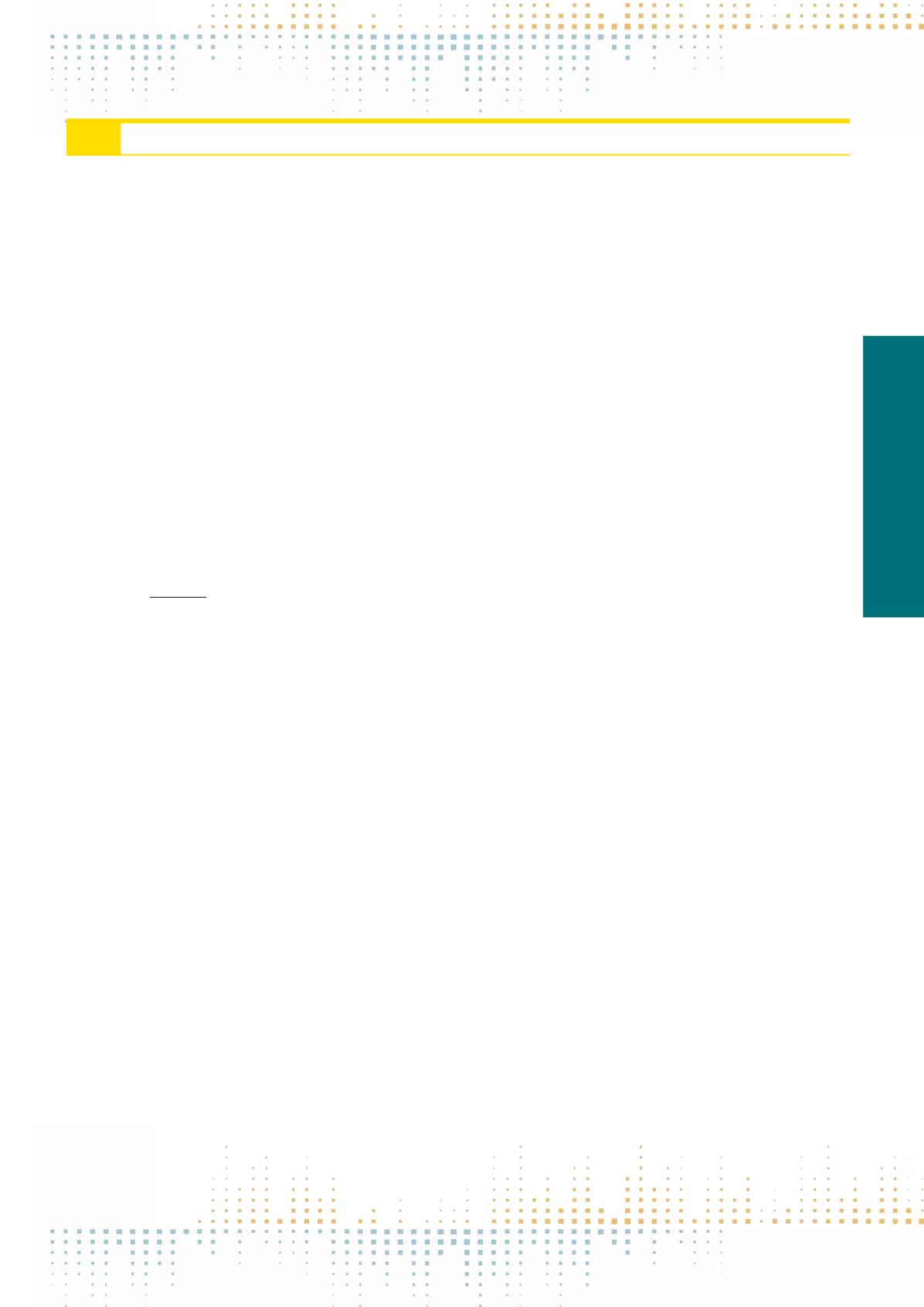

429
Thursday, November 10
1 4 : 3 0 – 1 6 : 0 0
MIP03
Between Linear andNon-Linear: The Continuities and Discontinuities of TV in the Internet Age
C. Johnson
1
1
University of Nottingham, United Kingdom
Over the past decade television and the internet have become increasingly interconnected, with television programmes expanded onto theWeb and the in‑
ternet emerging as a site for the distribution of television programmes through a range of platforms and devices. Broadcasters have expanded into new
services, such as video-on-demand (VOD) players, and new forms of content, such as apps and games. At the same time, new ‘broadcasters’have emerged
from the tech and retail industries (such as Apple, Amazon and Netflix) offering ‘television-like’ services via internet-connected devices. The increased
interconnection of television and the internet also alters the business models of the television industry, with subscription and pay-per-view on the rise. At
the same time as the industry adjusts to these changes, however, linear broadcast television remains the primary means through which most viewers watch
television programmes. As such, the television industry is caught between the demands of the traditional model of linear broadcasting and the demands
of an emerging non-linear landscape.This panel examines this moment of transition for the television industry from a number of perspectives and contexts.
Sacglioni, Johnson and Bruun focus their papers on the ways in which legacy providers of linear television are responding to the rise of online television.
They do this through case studies focused on Sky Italia and its response to Netflix, the re-launch of public service VOD players in the UK as sites for accessing
linear broadcast programming, and the production cultures of schedulers and continuity producers in Danish public service television. Moving beyond
specific national contexts, Evans argues that underpinning many of the industry responses to the rise of transmedia distribution is the concept of the ‘en‑
gaged viewer’. Her paper uses interviews with transmedia TV practitioners in UK, US, Canada and Denmark to interrogate and compare how engagement
is conceptualised in public service and commercial contexts. Weissman shifts focus to the audience and examines how UK viewers made sense of the move
of linear TV channel BBC Three into an online-only channel in February 2016 and the consequences of this to the centrality of universality to public service
broadcasting. Across the panel, the papers draw on interviews with industry practitioners, trade press and media policy analysis, market data and audience
interviews to explore, through different lenses, the ways in which the television industry is responding to the increasingly blurred boundaries between
linear and non-linear television. Through this analysis the panel examines the continuities and discontinuities of television in the ‘internet age’and the im‑
plications of this for broadcasters, policy-makers and audiences.
PN 097
Scrapping for On-Line Viewers: The Competition Between Netflix and Traditional Pay Broadcast-Ers in the Italian TV Market
M. Scaglioni
1
1
Catholic University of Milan, Department of Communication and Performing Arts, Milan, Italy
In February 2016, Sky Italia – part of the pan-European group Sky Europe, controlled by 21
st
Century Fox – launched “Sky Box Sets”, following the model
already tested in the UK market: a new on-demand service that takes advantage of the library and includes more than 40 “quality TV”series (McCabe and
Akass 2007), including House of Cards, The Sopranos, True Detective and Twin Peaks, available as whole seasons and intended to stimulate forms of“binge
watching”. This is just the last move in an on-going struggle to oppose traditional pay-tv broadcasters, such as Sky Italia, and new over-the-top (OTT) ser‑
vices, such as Netflix, in different countries and markets. To provide some historical context, Netflix entered the Italian market in October 2015, announcing
the production of its first original TV series Suburra – a spin-off of the eponymous mafia movie – that will premiere in 2017. As in many other countries,
the Italian audio-visual market is witnessing a“distribution revolution”(Curtin, Holt and Sanson 2014) as a consequence of the diffusion of innovative forms
of“connected viewing”(Holt and Sanson 2014), as well as of shifting business models and new technological infrastructures. Netflix reached Italy later than
other European countries (such as France, the UK, Germany or Switzerland) partially because of the slow diffusion of broadband but also due to the already
over-stocked pay TV market, characterized by the presence of Sky Italia but also of Mediaset Premium, part of the free-to-air broadcaster Mediaset. The suc‑
cess of the OTT service in Italy is still uncertain: at the beginning of 2016, Netflix counted some 280,000 subscribers, though the total market of online
viewers has reached 700,000 subscribers (D’Alessandro 2016). This paper examines the ways in which the intense competition between different players
(Sky Italia, Mediaset Premium, Netflix but also other OTT or on-demand services, such as Chili and iTunes) are characterizing the Italian market of online
video streaming. After having defined the scenario through quantitative data, this competition will be analysed through a production studies approach.
Specifically it will draw on interviews with professionals working both at Sky Italia and Mediaset that show how the “Netflix threat” has been addressed
through the development of specific policies in the areas of rights acquisition, programming and pro-motion. ------- Massimo Scaglioni is Associate Pro‑
fessor in Media and Television Studies at the Catholic University of Milan. He is also Adjunct Professor of Transmedia Narratives at USI – Università della
Svizzera Italiana (Lugano, CH). He is Research Coordinator at the Research Centre for Television and Audiovisual Media at Università Cattolica (Ce.R.T.A.),
convenor of the Masters “Fare Tv. Analisi, Gestione, Co-municazione” at the ALMED (Postgraduate School of Media, Communication and Performing Arts)
and a member of the editorial boards of the academic journals "View: Journal of European Television History and Culture", "Comunicazioni Sociali", "Bianco
e Nero" and "Series".



















